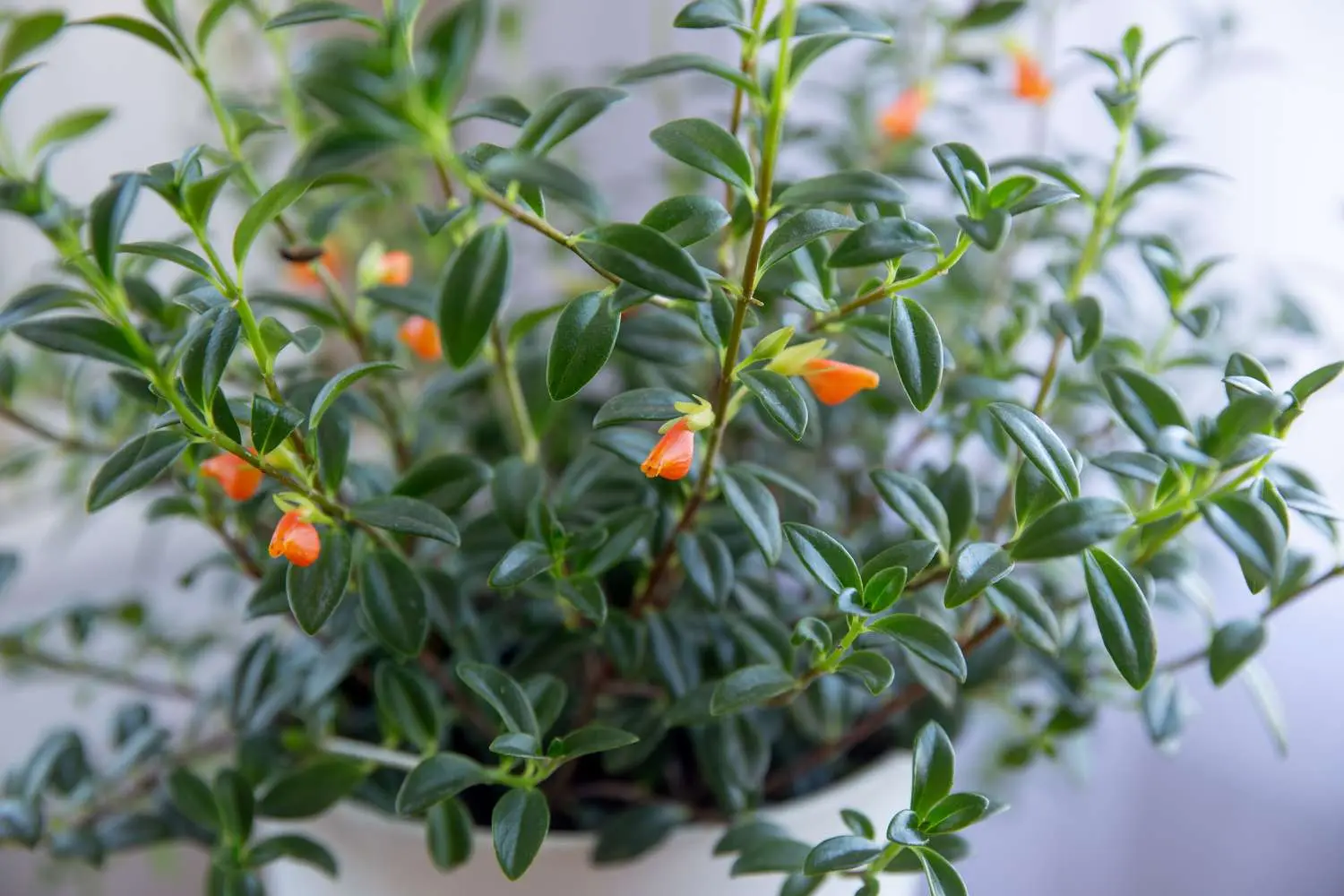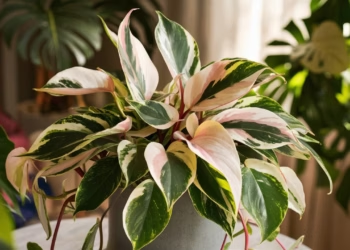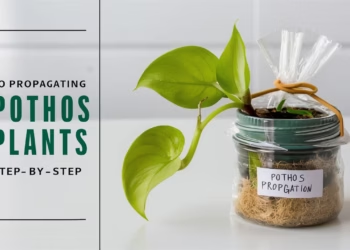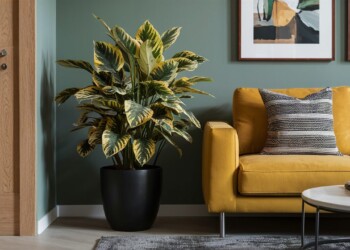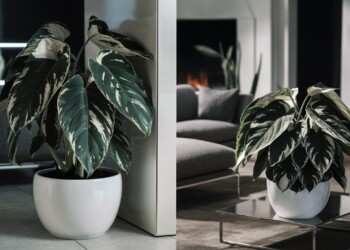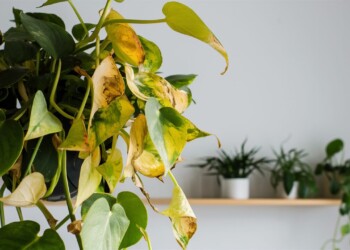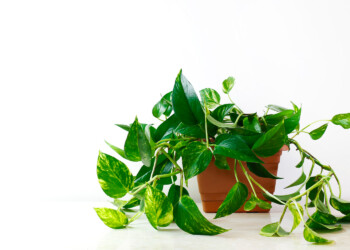Ever heard of a goldfish plant? If not, you’re in for a treat! These quirky plants are not only a visual delight but also relatively easy to care for once you know what you’re doing. Whether you’re a seasoned plant parent or a newbie looking to expand your green family, understanding the ins and outs of goldfish plant care and the various types of goldfish plants is essential. Let’s dive in and explore this fascinating plant world together !
What Are Goldfish Plants?
Goldfish plants, scientifically known as Columnea gloriosa, are tropical perennials that hail from Central and South America. They get their charming name from the bright, tubular flowers that resemble little goldfish. These plants are beloved for their vibrant colors and unique flower shapes, making them a popular choice for indoor gardeners.
- Common Name: Goldfish plant, clog plant, flying goldfish plant
- Botanical Name: Columnea, Nematanthus gregarious
- Family: Gesneriaceae
- Plant Type: Perennial
- Mature Size: 2-3 ft. long, 2 ft. wide
- Sun Exposure: Partial
- Soil Type: Well-drained
- Soil pH: Acidic
- Bloom Time: Spring, summer, fall
- Flower Color: Red, orange, yellow, pink
- Hardiness Zones: 10-11 (USDA)
Types of Goldfish Plants
There are several types of goldfish plants, each with its unique characteristics. Here are a few of the most popular:
- Columnea gloriosa: The classic goldfish plant with bright orange, goldfish-shaped flowers.
- Columnea microphylla: Known for its smaller leaves and more delicate flowers.
- Columnea hirta: This variety boasts fuzzy leaves and striking red flowers.
- Columnea schiedeana: Features elongated leaves and yellow flowers with red spots.

Goldfish Plant Care
Caring for goldfish plants can be a breeze if you follow some basic guidelines. Here’s everything you need to know about goldfish plant care:
How much light does a goldfish plant need?
Goldfish plants thrive in bright, indirect light. They can tolerate some direct sunlight, especially in the morning or late afternoon, can tolerate long periods of light, up to 10 hours a day, but too much can scorch their leaves. Place them near a north or east-facing window for optimal light exposure.
Watering Tips
Watering your goldfish plant correctly is crucial. These plants prefer consistently moist soil but are susceptible to root rot if left in standing water. Here’s how to water them properly:
- Check the soil moisture: Stick your finger about an inch into the soil. If it feels dry, it’s time to water.
- Water thoroughly: Water the plant until you see water draining from the bottom of the pot.
- Let it drain: Ensure the pot has drainage holes and never let the plant sit in water.
- Summer: Water generously, keeping the soil continuously moist.
- Winter: Reduce watering, allowing the soil to become slightly drier. Ensure the soil never dries out completely, as this can cause root rot.
Humidity and Temperature
Goldfish plants love high humidity, making them perfect for bathrooms or kitchens. If your home is dry, consider using a humidity tray or a humidifier. Ideal temperatures range from 65°F to 75°F (18°C to 24°C). Keep them away from drafts and sudden temperature changes.
Feeding and Fertilizing
Feed your goldfish plant with a balanced, water-soluble fertilizer every 2-4 weeks during the growing season (spring and summer). Reduce feeding in the fall and winter when the plant’s growth slows down.
Pruning and Propagation
Regular pruning helps maintain the plant’s shape and encourages new growth. Trim back leggy stems and remove any dead or yellowing leaves. Goldfish plants can be propagated through stem cuttings:
- Take a cutting: Cut a healthy stem about 4-6 inches long.
- Remove lower leaves: Strip the leaves from the bottom half of the cutting.
- Root in water or soil: Place the cutting in water or a well-draining potting mix.
- Wait for roots: In a few weeks, roots should develop, and you can plant it in a pot.

Managing Common Pests and Diseases
Pests
- Aphids, spider mites, and mealybugs: Use insecticidal soap to control these pests.
Diseases
- Mold and fungus: Avoid watering the leaves directly to prevent fungal problems.
Common Problems and Solutions
Even with the best care, goldfish plants can encounter a few problems. Here are some common issues and how to fix them:
Yellowing Leaves
Yellow leaves can be a sign of overwatering or poor drainage. Ensure the soil isn’t waterlogged and the pot has adequate drainage. Adjust your watering schedule accordingly.
Brown Leaf Tips
Brown tips often indicate low humidity or underwatering. Increase humidity around the plant and ensure it’s getting enough water.
Leggy Growth
Leggy growth is usually due to insufficient light. Move your plant to a brighter location with indirect sunlight.
How do I get my goldfish plant to bloom?
Bloom Seasons
Goldfish plants bloom primarily in spring, summer, and fall. While they may go dormant in winter, some may continue to bloom.
Bloom Appearance and Scent
The tubular flowers resemble little leaping goldfish and cascade down in a beautiful display, especially in hanging baskets. These blooms do not have a fragrance.
Tips for More Blooms
Pinch off new stems to encourage bushy growth and more blooms. Feed weekly or bi-weekly with weak fertilizer during the growing season.

Goldfish plants are a delightful addition to any indoor garden. With their vibrant, fish-shaped flowers and relatively easy care requirements, they bring a splash of color and a touch of whimsy to your home. By following the tips and guidelines outlined in this article, you’ll be well on your way to becoming a goldfish plant care pro. Remember, consistency is key, and with a little attention and love, your goldfish plants will thrive and flourish!
So, why wait? Add a goldfish plant to your houseplants collection and enjoy the unique beauty it brings. Happy gardening!
FAQs
Can goldfish plants be grown outdoors?
Goldfish plants can be grown outdoors in warm, humid climates. However, they are typically kept as indoor plants due to their specific light and temperature requirements.
How often should I repot my goldfish plant?
Repot your goldfish plant every 1-2 years or when it outgrows its pot. Spring is the best time for repotting.
Why is my goldfish plant not thriving?
Your goldfish plant may not be thriving due to over or underwatering, lack of sufficient sunlight, or nutritional deficiencies. Ensure the plant receives ample sunlight by placing it less than 3 feet from a window and check your watering routine to maintain appropriate soil moisture.
Why is my goldfish plant dying?
A goldfish plant may die due to several factors such as root damage, dense soil holding too much water, improper watering technique causing stem rot, extreme temperatures, or pest infestations. Ensure proper watering at soil level, avoid waterlogging, maintain ideal temperatures, and monitor for pests
What type of soil is best for goldfish plants?
Use a well-draining potting mix, such as a blend of peat moss, perlite, and vermiculite. Avoid heavy soils that retain too much moisture.
Do goldfish plants need to be pruned?
Yes, regular pruning helps maintain the plant’s shape and encourages healthy growth. Trim back leggy stems and remove any dead or yellowing leaves.
